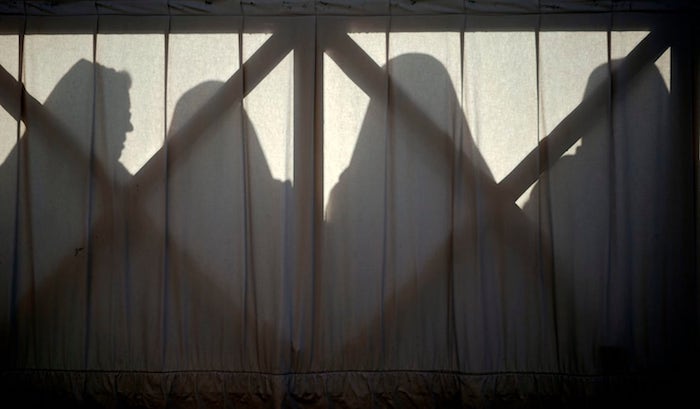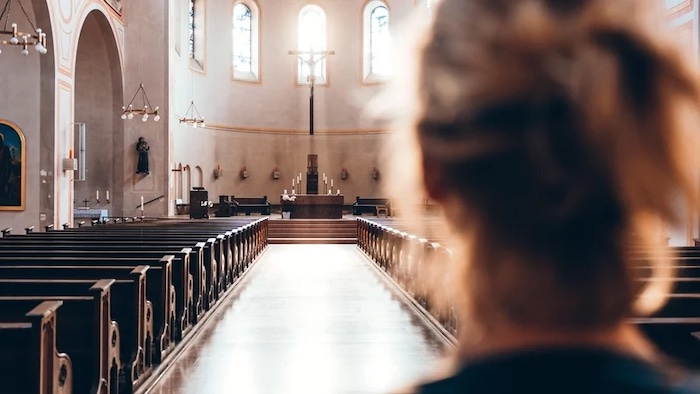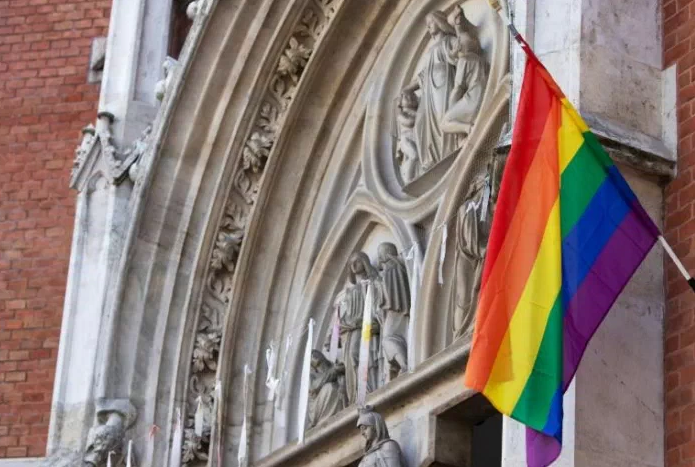
By Philip Pullella
When young nuns at a convent in Eastern Europe told their Mother Superior that a priest had tried to molest them, she retorted that it was probably their fault for “provoking him.”
When African nuns in Minnesota asked why it was always they who had to shovel snow they were told it was because they were young and strong, even though white sisters of the same age lived there too.
As the Roman Catholic Church pays more attention to the closed world of convents, where women spend much of their time in prayer and household work, more episodes of psychological, emotional and physical abuse are coming to light.
A new book, “Veil of Silence” by Salvatore Cernuzio, a journalist for the Vatican’s online outlet, Vatican News, is the latest expose to come from within and approved by authorities.
Cernuzio recounts experiences of 11 women and their struggles with an age-old system where the Mother Superior and older nuns demand total obedience, in some cases resulting in acts of cruelty and humiliation.
Marcela, a South American woman who joined an order of cloistered nuns in Italy 20 years ago when she was 19, recounts how the indoctrination was so strict that younger sisters needed permission to go to the bathroom and ask for sanitary products during their menstrual periods.
“You are always complaining! Do you want to be a saint or not?” Marcela, who later left the convent, quotes the Mother Superior as shouting when she suggested changes in the daily routine.
“I understood that we were all like dogs,” recounted Elizabeth, an Australian. “They tell us to sit and we sit, to get up and we get up, to roll over and we roll over.”
BURNOUT SYNDROME
Last year, Father Giovanni Cucci wrote a landmark article about abuse in convents in the Jesuit journal Civilta Cattolica, whose texts are approved by the Vatican.
He found that most of it was abuse of power, including episodes of racism such as in the Minnesota convent. Cucci said the problem needed more attention because it had been overshadowed by the sexual abuse of children by priests.
It later chronicled a “burnout” syndrome, where younger women with good educations were held back by older superiors reluctant to relinquish a boot camp-style tradition of assigning them menial tasks, ostensibly to instill discipline and obedience.
“Whatever may have worked in a pyramidal, authoritarian context of relationships before is no longer desirable or liveable,” wrote Sister Nathalie Becquart, a French member of the Xaviere Missionary Sisters and one of the highest-ranking women in the Vatican.
Becquart wrote in the book’s preface of the “cries and sufferings” of women who entered convents because they felt a calling from God but later left because their complaints too often fell on deaf ears.
Some were stigmatized as “traitors” by their orders and had great difficultly getting jobs in the outside world.
Last year, Cardinal Joao Braz de Aviz, who heads the Vatican department that oversees religious congregations, revealed that Pope Francis had opened a home in Rome for former nuns abandoned by their orders.
The cardinal, who has launched investigations into a number of convents, told the Vatican newspaper he was shocked to discover that there were a few cases where former nuns had to resort to prostitution to live.
Complete Article ↪HERE↩!




